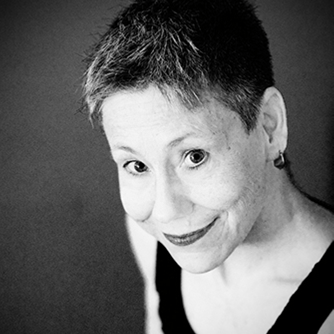Image: Local prefecture in L’Aquila, Abruzzo, Italy, after the 2009 earthquake. Wikimedia Commons.
This week’s horrific earthquake in central Italy sends us back to the accounts of other quakes elsewhere, as survivors testify to the geographical and emotional havoc wrought by natural disasters. Dany Laferrière’s telegraphic “The World Is Moving around Me” captures the hallucinatory aftermath of the 2013 Haitian earthquake; he records the earthquake in nonfiction, rather than a novel, because “Nature has already written it.”
The journalist blurts out a question: What do I think of all this? She takes out her notebook. What is the value of culture in the face of disaster? read more >>
Three years later, Kettly Mars’s At the Borders of Thirst documents the sprawling Canaan camp, home to over a hundred thousand earthquake victims, where the promised water system has yet to arrive and “everything had a price.” Days after the devastating Japanese nuclear disaster of March 2011 and the earthquake it triggered, poet Toshiko Hirata’s “Do Not Tremble!” beseeches the earth, “unruly cradle / A cruel cradle that lets / Neither adult nor child sleep”; on a more prosaic level, Sazumo Sakurai’s “My Wife and Me in March 2011” depicts a bickering couple united by their recognition of the suffering of others.
Those forces that shake the earth
May you turn to bubbles and disappear
Do not tremble read more >>
And from a part of the world that few of us would associate with temblors, Mohamed Magani describes the sudden “Seismic Activity” during his residency at the Heinrich Böll House in Langenbroich that knocked his books off the shelves and propelled Magani out of his writer’s block. As we mourn yet another demonstration of the terrible power of nature, we take comfort in Laferrière: “When everything else collapses, culture remains.”








